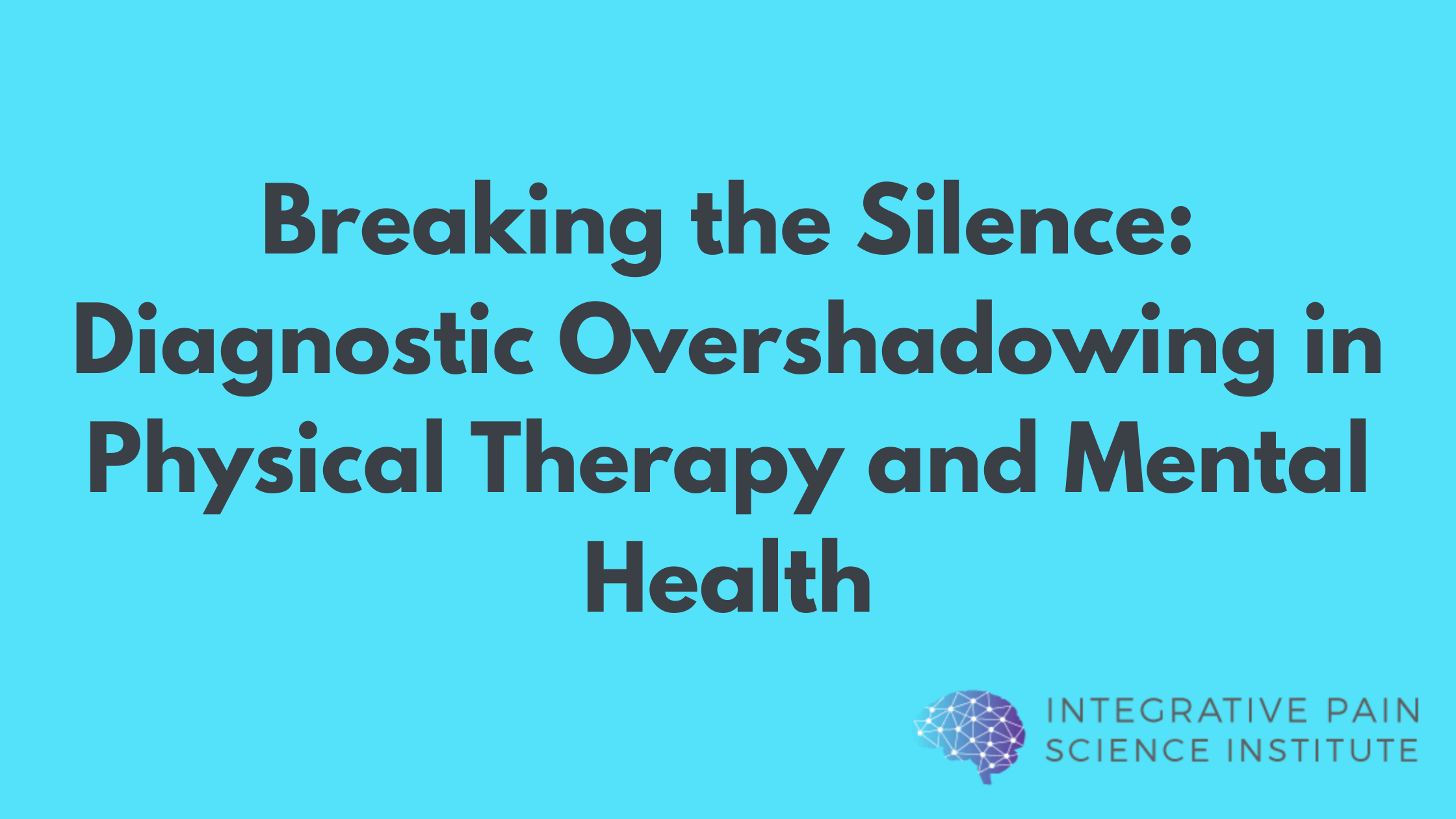The number of people living with chronic pain is on the rise, with approximately 100 million adults in the U.S. alone affected. (1) This growing number suggests an obvious discrepancy in the number of patient complaints and our current system’s capacity to respond successfully.
Have you explored the use of CBT techniques in your pain management treatment planning?
Cognitive-behavioral therapy (CBT) is now considered a critical treatment modality in the management of chronic pain. Cognitive-behavioral therapy is an umbrella term that includes a number of psychotherapeutic treatment modalities. One type of therapy often used in exposure-based treatments for pain is Acceptance and Commitment Therapy (or ACT).
What is Acceptance & Commitment Therapy?
ACT is a psychological intervention that combines mindfulness and other techniques with strategies rooted in behavioral change, in an effort to help shift the patient’s relationship, and therefore their experience, with pain. ACT differs from conventional medicine in that in the ACT model, pain is not considered inherently “bad.” While a pharmaceutical approach reflects the belief that pain must be “stopped,” “fought,” or “controlled,” ACT offers a new perspective that is grounded in the acceptance of pain, and the realization that a full and meaningful life can still be led in spite of its presence.

This shift is sometimes referred to as psychological flexibility and it encourages patients to stop trying to control their pain and instead open up to a full range of human responses to pain. ACT utilizes 6 core processes to achieve its goal:
The Six Core Processes of ACT
- Acceptance
- Cognitive Defusion
- Present Moment Awareness
- Self as Context
- Values
- Committed Action
Read this blog about ACT for a more detailed description of each process.
Psychological flexibility helps patients drop the control strategies and open up to a full range of experiences Share on XPsychological Interventions and Pain
The study of neural mechanisms that underly CBT has been neglected for some time.(2) While recent studies have shown the efficacy of including psychological interventions in physical therapy and other pain care settings, much of the research has been empirical, experiential, and anecdotal, not digging much further than the results of randomized controlled trials. Moreover, little information has been available on the changes that take place in the brains of patients undergoing CBT.
Recently, research has revealed how CBT impacts the brain’s processing of clinical symptoms through an altered cerebral loop between nociception, emotions, and cognitions; leading to increased access to executive regions for the reappraisal of pain. In other words, CBT, and more specifically, ACT, can help patients to end the chronic pain cycle; health practitioners have witnessed this firsthand, and now, neuroscience and neuroimaging techniques are proving it. (3,4)
CBT impacts the brain’s processing of clinical symptoms through an altered cerebral loop Share on XYour Brain on Pain
A 2012 study published in the Journal of Pain, which included an analysis of fMRI scans, revealed that cognitive behavioral therapy led to increased activation of the ventrolateral prefrontal/lateral orbitofrontal cortex. These regions of the brain are associated with executive function and cognitive control, pointing to the prefrontal cortex as a key player in the modulation and regulation of pain and emotion.

To learn more about pain neuroscience, tune into this podcast with Dr. Tor Wager, PhD Director of the Cognitive and Affective Control Laboratory and Professor of Psychology and Neuroscience at the University of Colorado.
Dr. Tatta’s simple and effective pain assessment tools. Quickly and easily assess pain so you can develop actionable solutions in less time.
How Does This Impact Physical Therapy?
As modern science continues to explore the neural modulatory processes behind why psychological interventions have such huge potential to successfully treat chronic pain patients, the need for therapists who are trained in these skills will grow exponentially. (5) Research has revealed a gap in psychologists’ and medical doctors’ knowledge about pain, but modern pain science and keen practitioners are beginning to build the bridge between physical therapists’ firsthand experience and the gap in medical education.
Is CBT the Missing Link in Pain Care?
CBT can help regulate the thoughts, emotions, and behaviors related to pain, improve coping strategies, and reframing the discomfort in a more constructive context. While cognitive-behavioral techniques alone may not be enough in the management of persistent pain, there’s no question that it is an integral part of the equation.
To learn more about ACT for Pain and practitioner training, click here!
REFERENCES:
- Institute of Medicine (US) Committee on Advancing Pain Research, Care, and Education. Relieving Pain in America: A Blueprint for Transforming Prevention, Care, Education, and Research. Washington (DC): National Academies Press (US); 2011.
- Jensen KB, Kosek E, Wicksell R, et al. Cognitive behavioral therapy increases pain-evoked activation of the prefrontal cortex in patients with fibromyalgia. Pain 2012;153(7):1495-503.
- Eippert F, Finsterbusch J, Binger U, et al. Direct evidence for spinal cord involvement in placebo analgesia. Science 2009;326:404.
- Kuchinad A, Schweinhardt P, Seminowicz DA, et al. Accelerated brain gray matter loss in fibromyalgia patients: premature aging of the brain? J Neurosci 2007;27:4004-7.
- Zeidan F, Martucci K, Kraft R, et al. Brain mechanisms supporting the modulation of pain by mindfulness meditation. J Neurosci 2011;31:5540-8.



